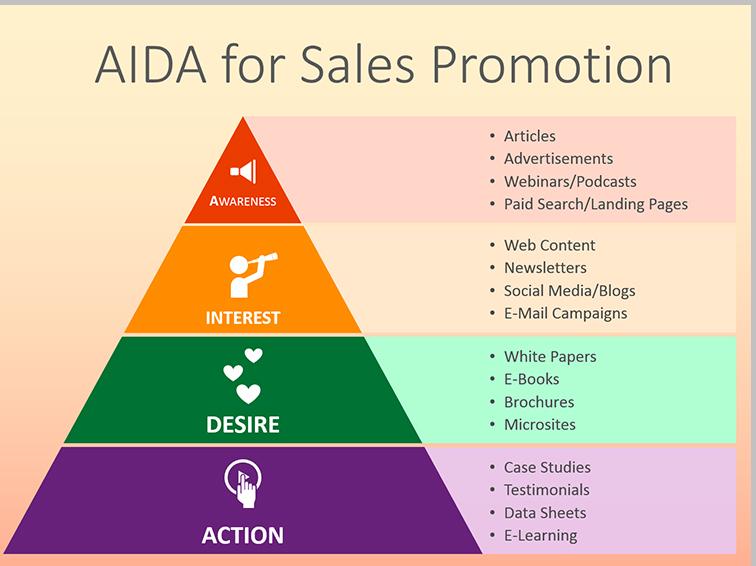The success of any social media marketing plan depends on engaging content that is equally strong in terms of both visuals and words. Have you ever pondered, with the end objective of inspiring profitable customer action, which one improves your content quality the most?
Let’s dive deeper into the debate between visual and written content to see which marketing tool is more effective at revealing consumer preferences.
Impact of Visuals vs Copy in your marketing campaign
Images and text are the two mainstays of any social media posts. The debate about whether consideration is more important has persisted throughout the years. For your convenience, we’ve enumerated all the benefits each component can offer while making social media content so you can get a better grasp of this argument.
Sends your message off quickly
It is a fact that the human brain processes visual information roughly 60,000 times faster than written language. This is because our minds can assimilate visual details quickly.
Because visual information is so much easier to process, it is more likely to elicit a favorable response from your target audience. According to these inarguable scientific facts, it’s no wonder that 49% of marketers prioritize visuals when formulating content for social media platforms.
With the attention spans of modern audiences constantly strained by the ever-changing nature of digital media, it is more important than ever to include an engaging visual element in your writing to break down barriers to clear and rapid information transfer.

Maintains Consumer Confidence
People, as Richard Mayer explains in his book “The Cognitive Theory of Multimedia Learning,” have a greater innate affinity for the knowledge delivered through visuals and texts instead of just words.
Visuals are more engaging for current audiences in the age of big data since the average person retains 80% of what they see.
Advertisers may keep their customers loyal by maintaining brand recognition through the wise and constant use of graphic assets. Including eye-catching visuals in your social media postings helps make your brand more remembered by your audience.
Provokes strong feelings
Always consider who you’re doing it for whenever you combine visuals with social media material. Frequently, a single image can create an emotional effect on the buying process of a consumer. But conversely, we all know that content with lots of visuals can immediately generate an “emotional pull” to grab people’s attention.
Humans are visual learners, so capitalizing on the value and quality of your brand can help you establish yourself as a pioneer in your field by delivering cutting-edge, comprehensive visual solutions to your target audience.
Why Copy in Your Marketing Campaign Can Boost Interaction
Without words, images can be baseless and confusing. Here are the reasons why it is always important to create a good copy.
Points the way straightforwardly and accurately for the content to be presented.
Since there is a character limit on messages, social media posts must be concise. However, even visually appealing content can fail to convert without a well-written copy.
However, unlike visual assets, written content generates a clear and exact method of communicating the intended meaning. As a result, it can steer customers toward a lasting relationship with your business and encourage them to use your services or make a purchase.
You should use well-crafted Calls to Action to make your material relevant to a particular audience. Furthermore, the information presented narratively shows to have better influence and leads to greater engagement.
Provides distinctive benefits in the face of intense visual competition.
Copywriting has many benefits, when combined with social media marketing, include fostering a more open relationship with the target audience. Even in a world dominated by visuals, telling stories from the brand’s point of view in written form can help strengthen relationships with customers and distinguish them from the competition.
Incorporating human qualities into the text will increase engagement. As the adage says, putting forth an honest effort will pay dividends in the end.
Let you elaborate on issues that are bothering your target demographic.
To pique the interest of your target audience, you should emphasize the benefits to the clientele rather than the services offered. You can use this technique for visual content, but good authoring is required to elaborate on pain points.
Remember that the audience’s continued engagement depends on the quality of your content copy. Therefore, you can’t expect your graphic aspects to serve as effective marketing tools if you don’t provide them.
In order to ride the waves of interest generated by your visual assets, you’ll need content copies to act as the paddle.
What’s more powerful, visuals or copy for social media?
As you can see, you cannot separate these two components if you want your digital marketing plan to succeed. The effectiveness of your brand’s information transmission will only improve with the added appeal from quality visual elements and the originality that copywriting provides.

Although it’s interesting to debate the relative merits of visual and written material, it’s important to remember that there are other factors besides these two to consider when developing social media posts. Although the images may be more stunning than the copy, it nevertheless serves their goal.
In addition, success with high-quality postings is much more complicated than most people imagine, even with both in the equation. How can you tell if you’re meeting the needs of your audience if this is a common occurrence in the age of social media? What is it about your writing that resonates with readers?
Listening to others is the key. It’s always complex to think of content to share on social media, but if you want your efforts to be successful, you need to learn more about your audience. Knowing what makes your readers tick will offer you an edge over competing businesses in this crowded marketplace.
Consider how your intended audience sees your product or service. We’ll see what happens if we toss a coin. Locate the issues that your brand can help solve. After all, your services and goods are the answers you want customers to find.
Impact of both methods
Using carefully crafted content campaigns will help businesses attract, recruit, and engage customers over the entire buying journey, from initial interest to loyal, lifelong patronage, all to elicit profitable customer action.

Using the AIDA Model and Other Marketing Techniques
According to research conducted by MDG Advertising, the following describes the results of a digital advertising campaign:
- Including images draws as much as 94% more attention to a piece of material.
- Customers are more inclined to choose a company whose photographs appear in search results by 60%.
- Articles with accompanying videos and pictures see a 48% boost in pageviews.
- Posts on Facebook that feature photos receive a 37% increase in interaction.
The following are some of the main advantages of visual content:
- Compatible with sharing on social media and simple to understand
- The product and its primary features are demonstrated rather than described.
- Branding improvements
- Fostering optimal search performance
- Breaking down linguistic barriers
However, significant possibilities may be missed without a CTA that is contextually appropriate and leads them to the desired action. Many visual pieces assume the audience will figure out how to traverse them, but this is the point at which well-written text becomes vital- one of the drawbacks of visual storytelling. For instance, before a visitor even begins to explore an infographic, they need to know its purpose, and you should include that in the title.
An additional challenge for visual material is that there is so much visual stimulation out there that it is difficult to stand out. However, the correct call to action can boost content consumption and sharing. With this in mind, you should tailor call-to-actions (CTAs) to each audience based on their interests and needs.
Copywriters often make mistakes when speaking to their audience. They often think of them as decision-making robots rather than humans who need to believe what they are reading.
However, an overall website checkup and optimization are recommended to understand your pitch for your website.